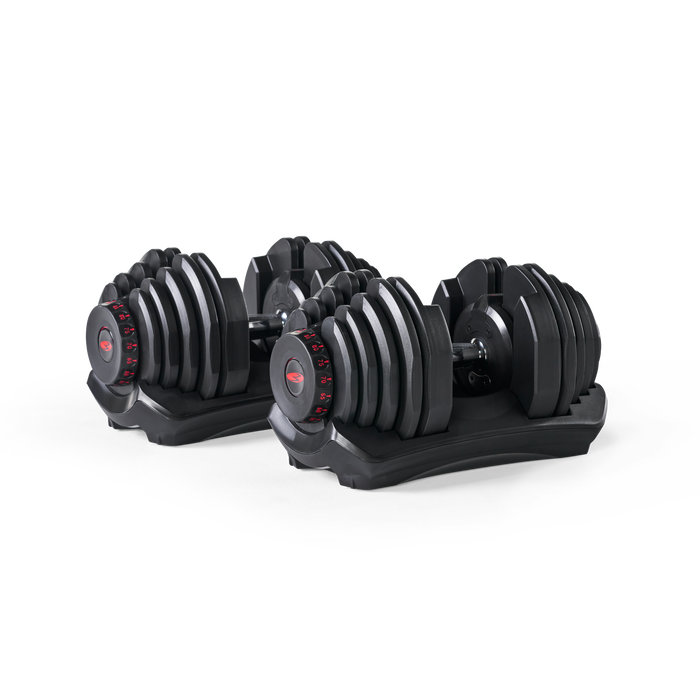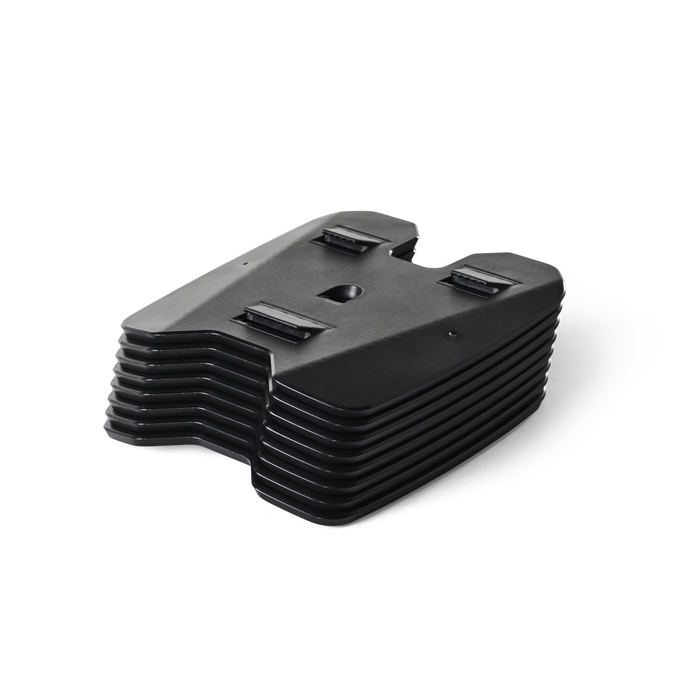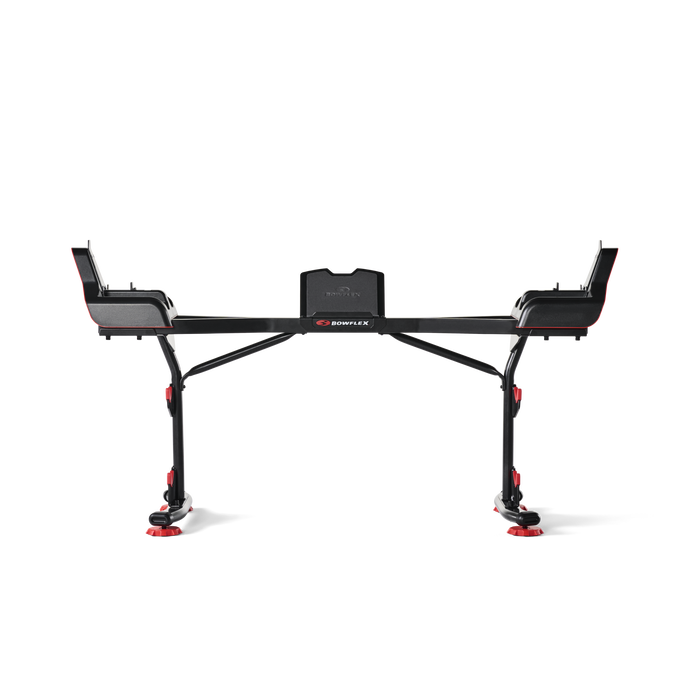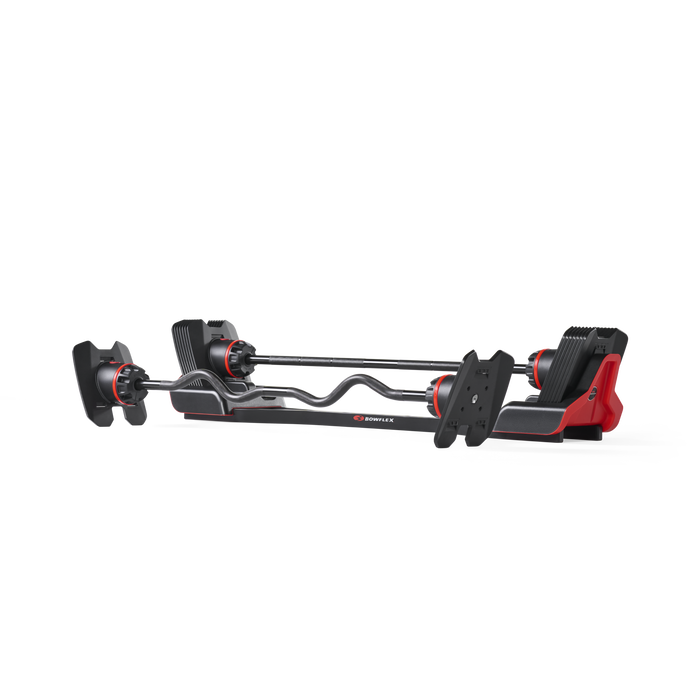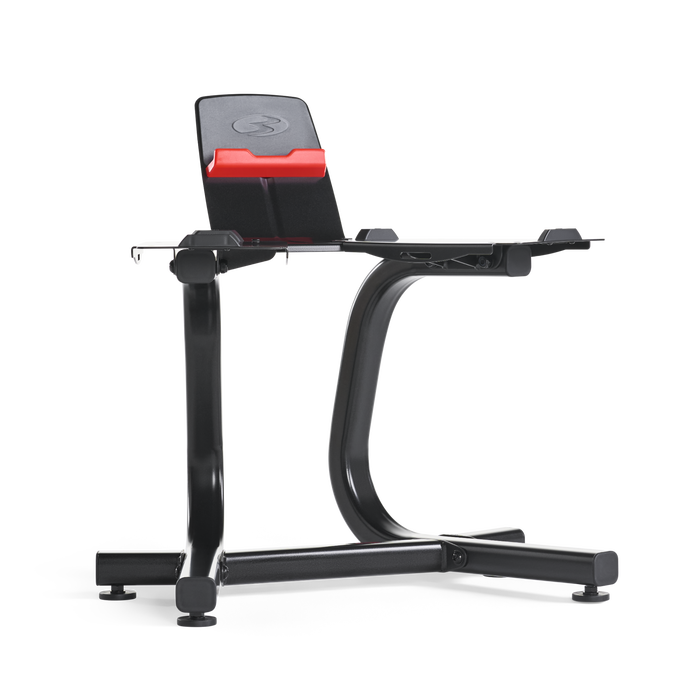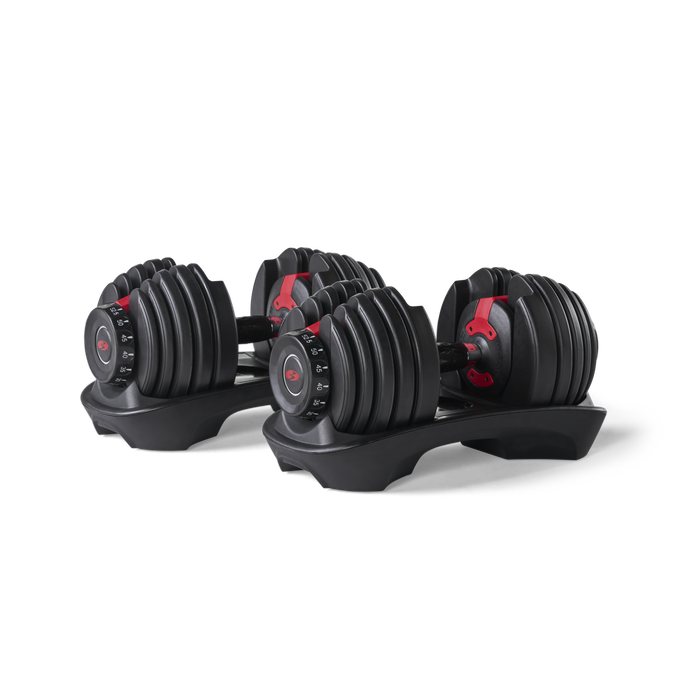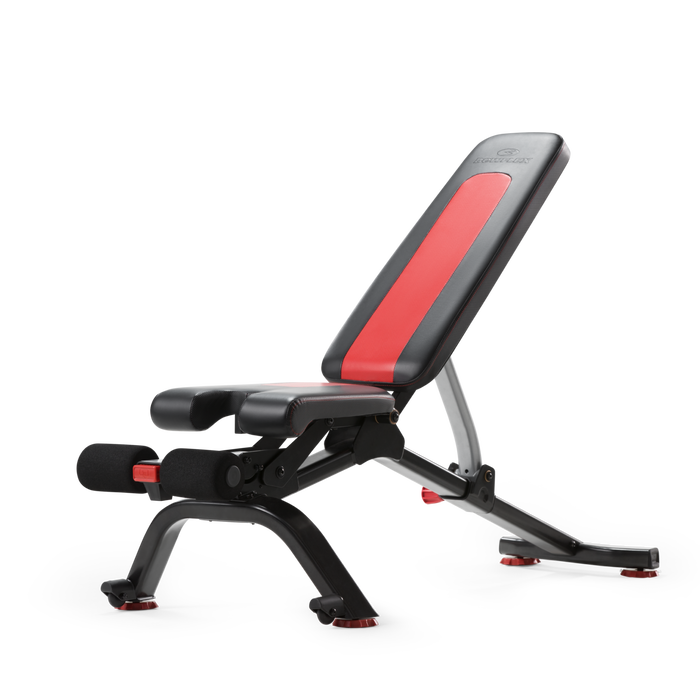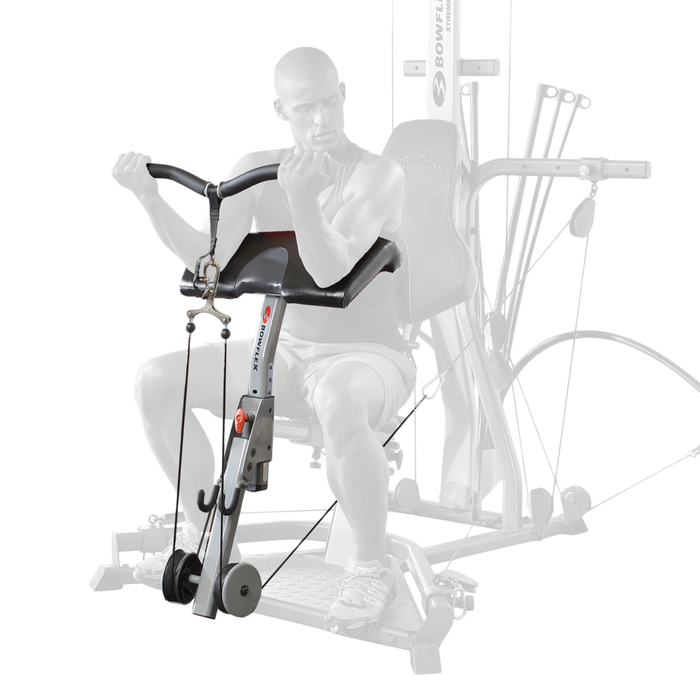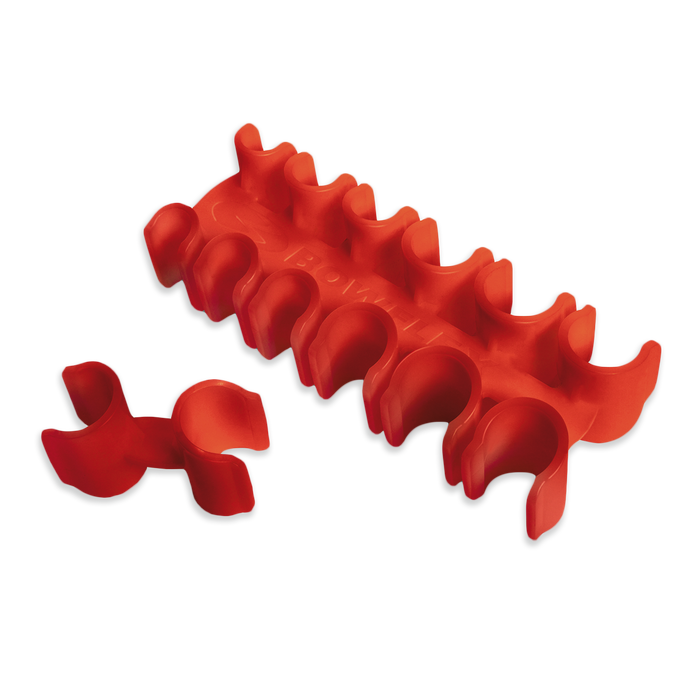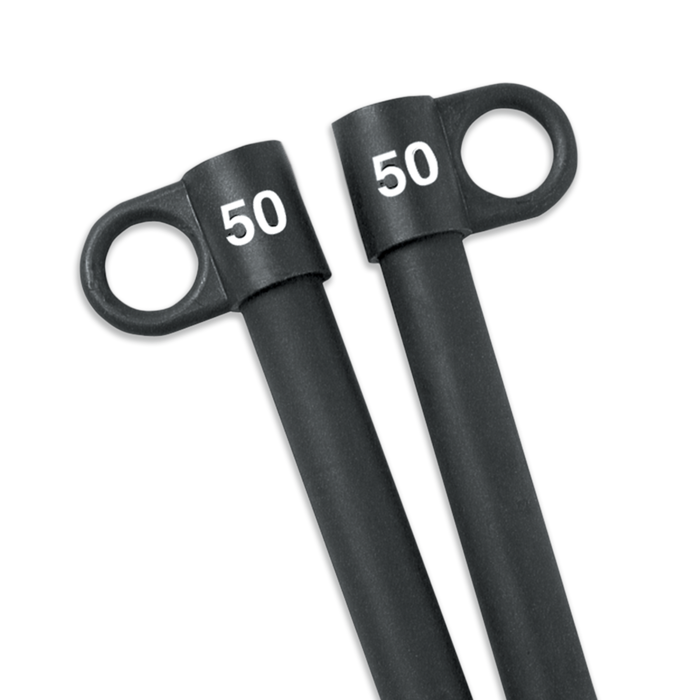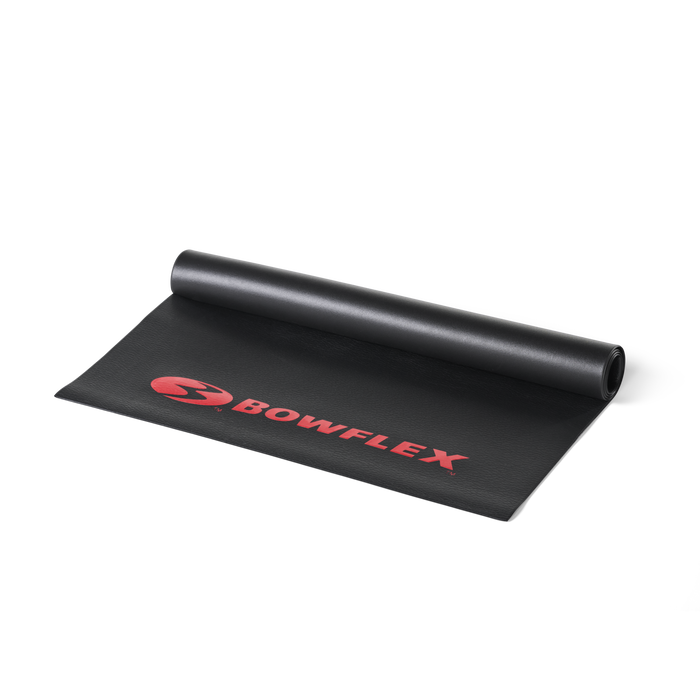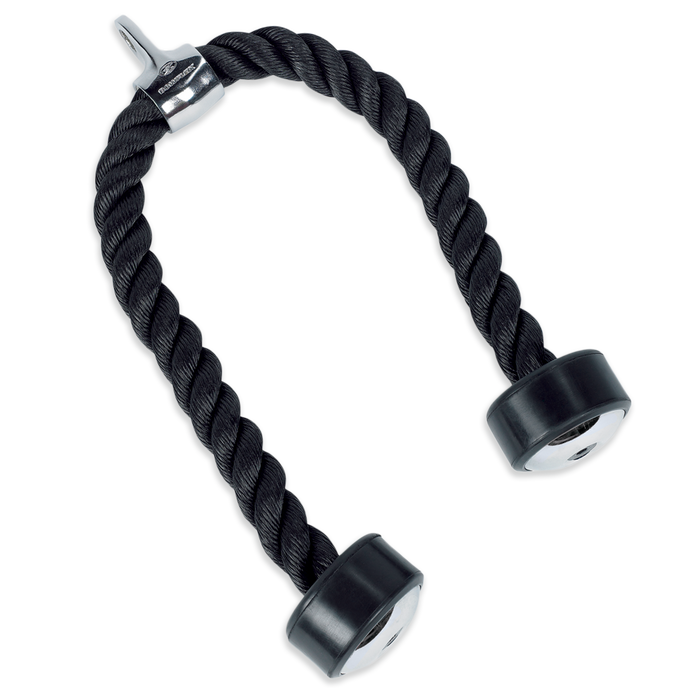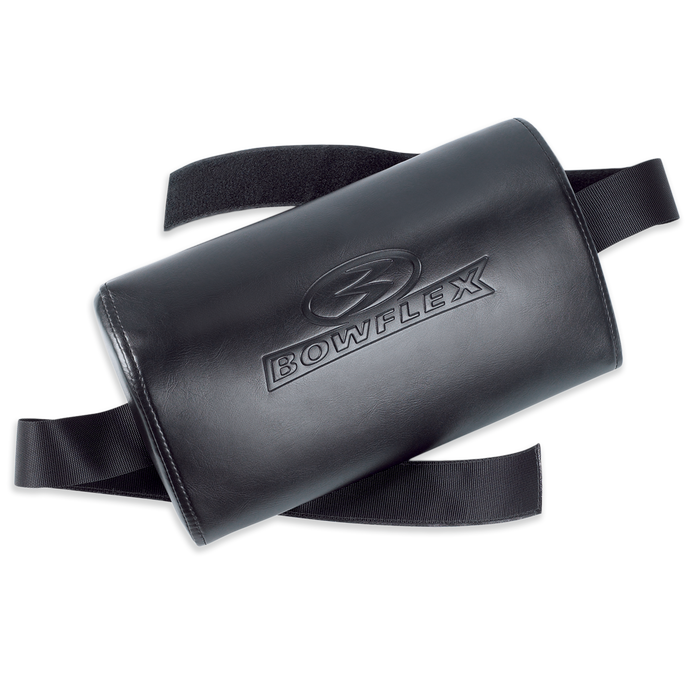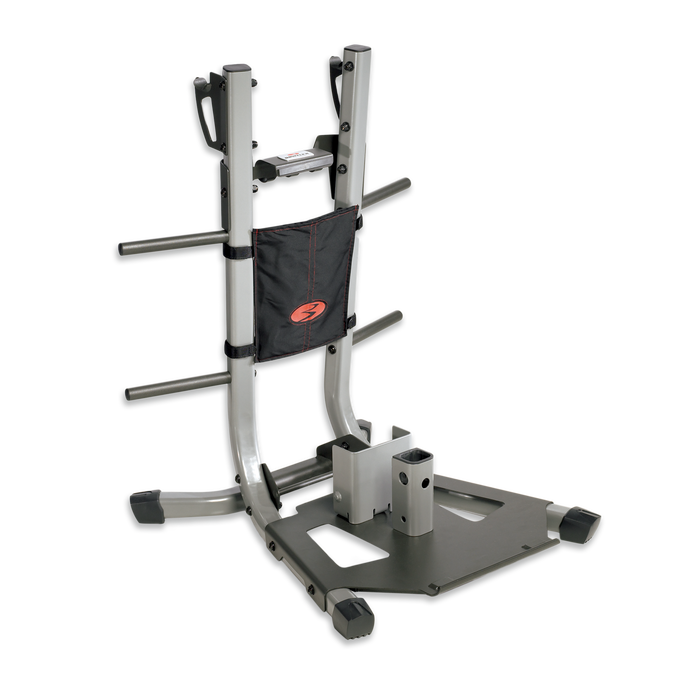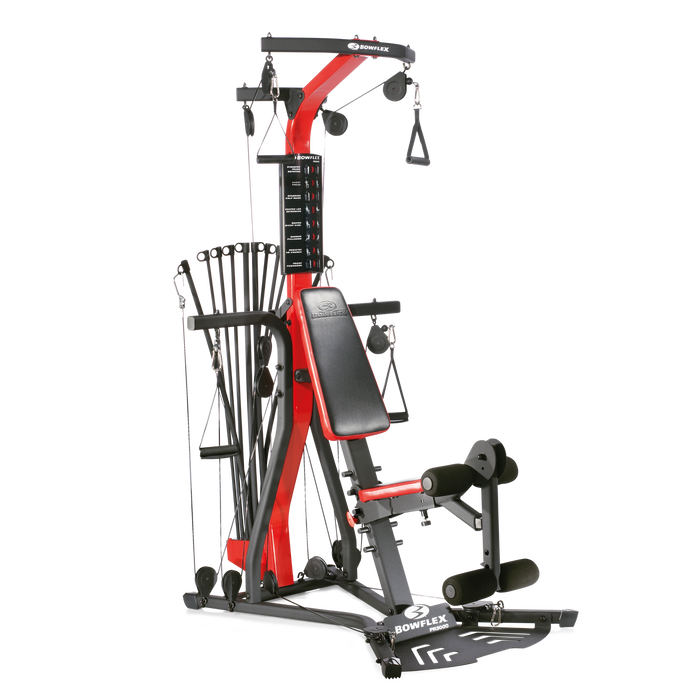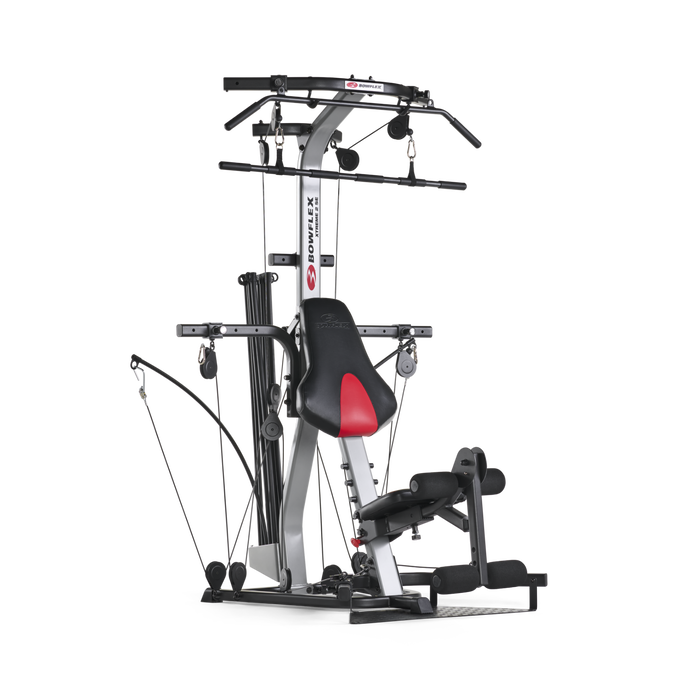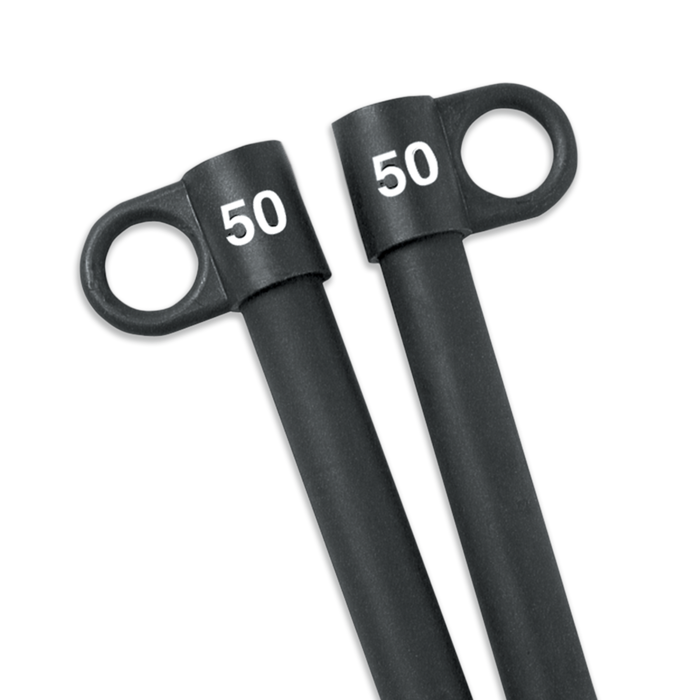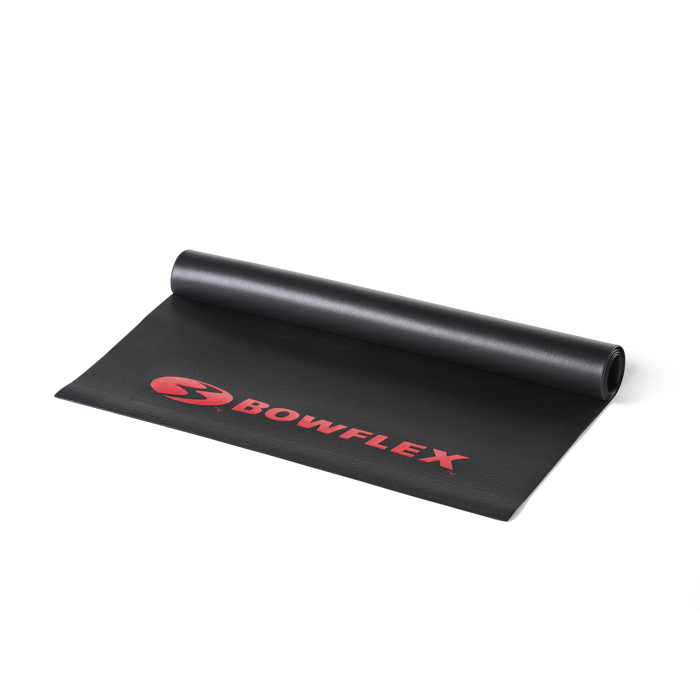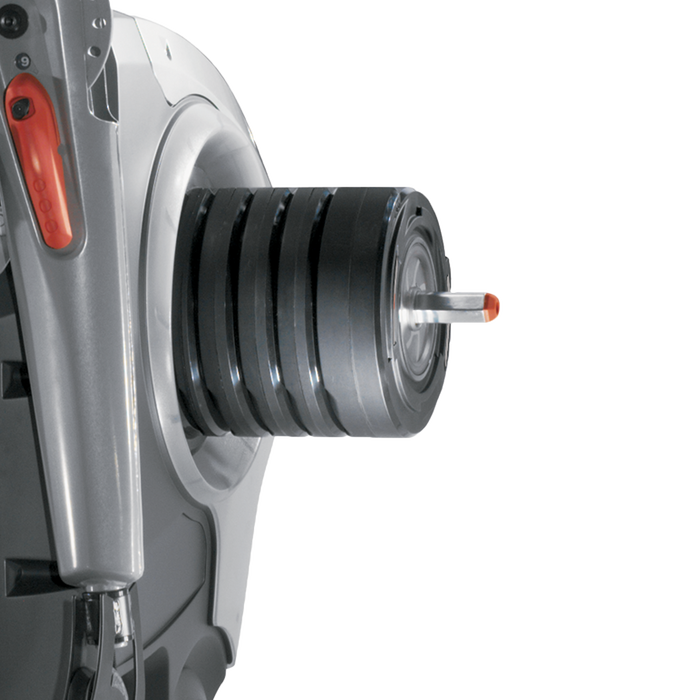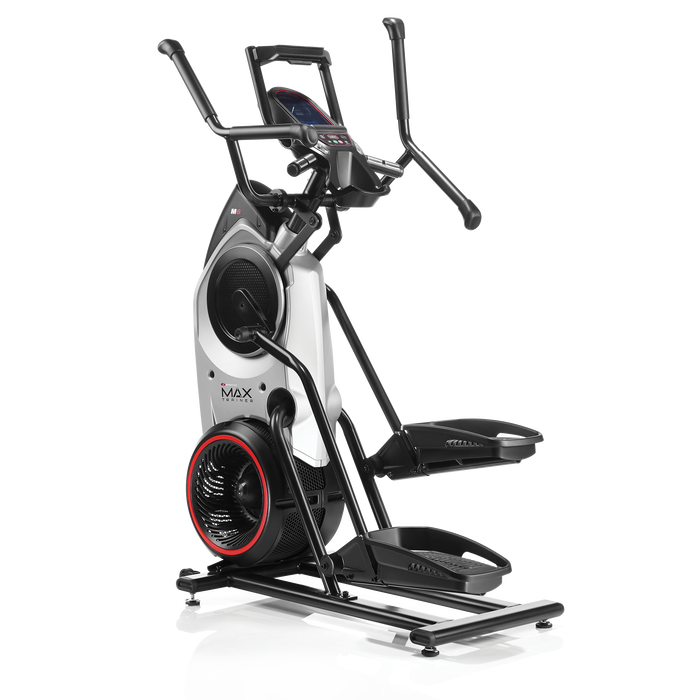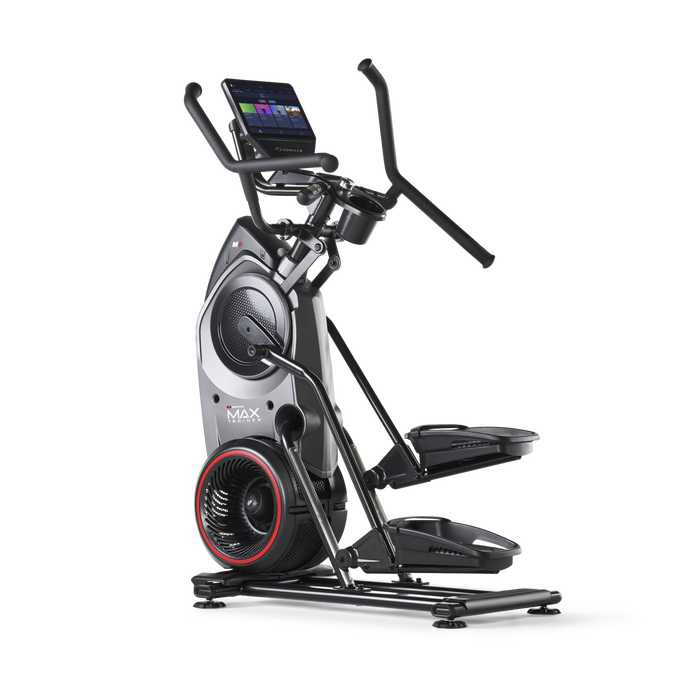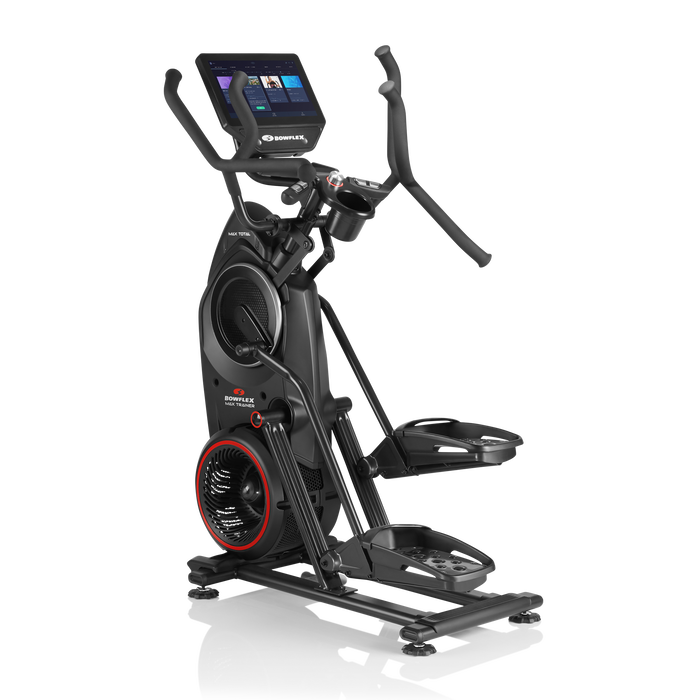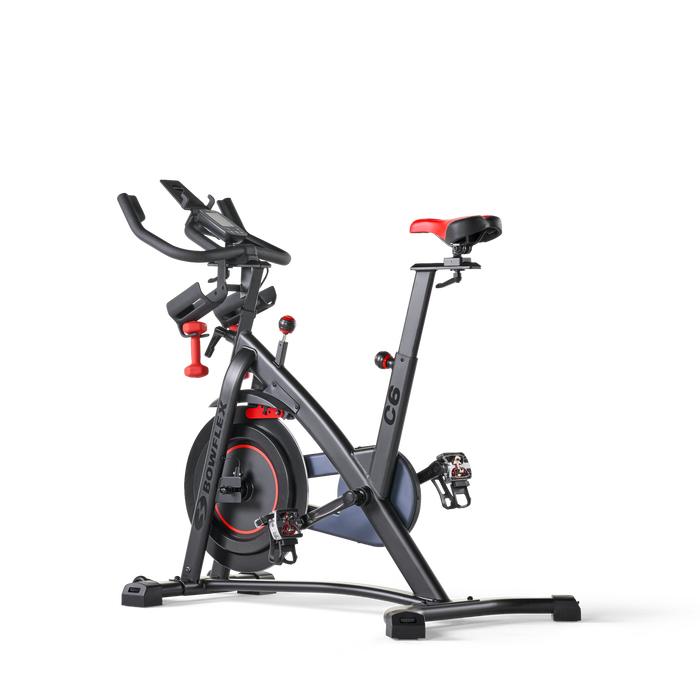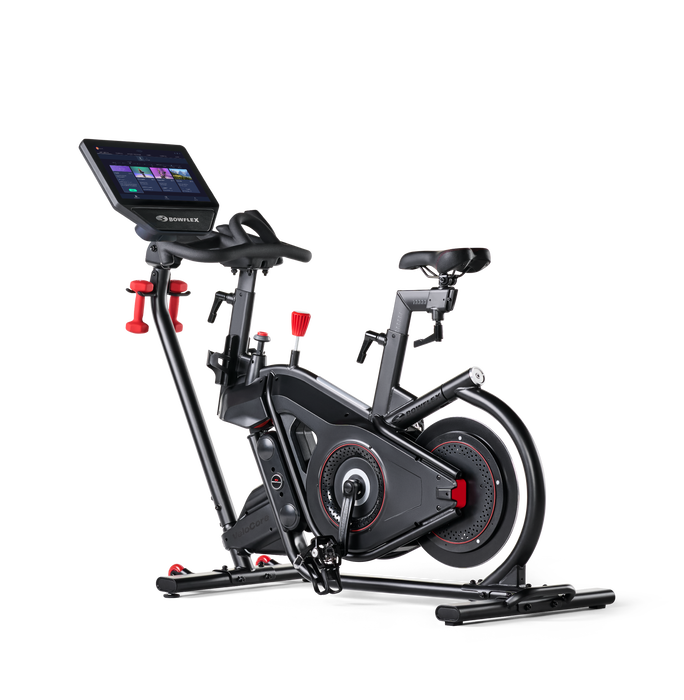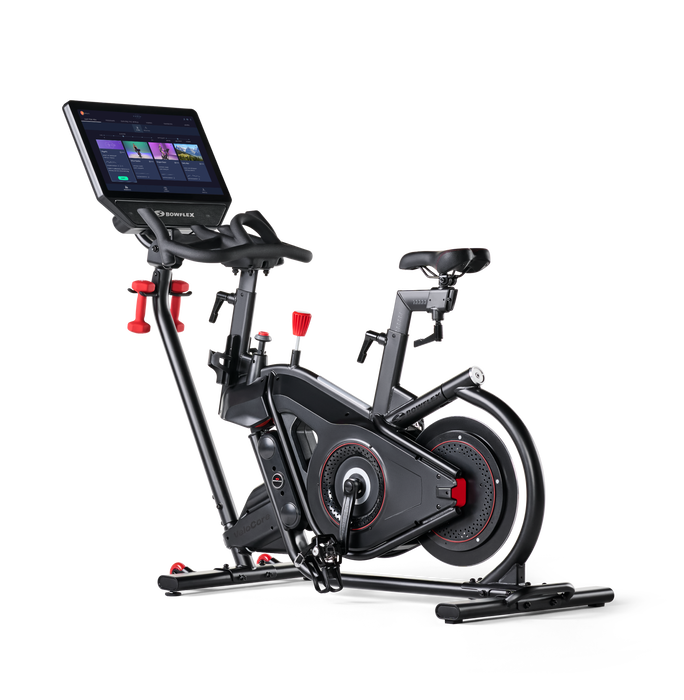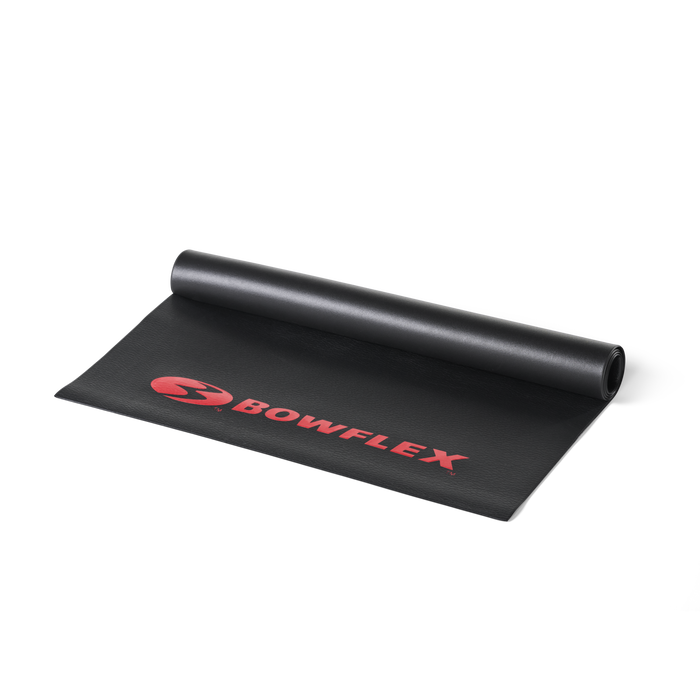Staying Young at Heart: How Much Exercise is Enough?

You're diligent to a consistent exercise routine three days per week of 45 minutes of moderate aerobic activity (i.e. walking, biking, Treadclimber, etc) but is that enough to protect you against heart problems later in life? New research is saying "no" and shows that if you want to keep your heart young and healthy, regardless of whether you're currently sedentary or a moderate exerciser, you need to get moving! And it needs to be consistent. You also can't get by with walking on the treadmill at a Sunday stroll's pace and expect to get results. You need to get moving and get your heart really pumping!
A recent study conducted by cardiologists at the Institute for Exercise and Environmental Medicine in Texas found that to improve heart health even in people who are late middle agers (age 50+) and are sedentary or in poor physical condition, the following must be implemented:
- 4-5 times per week of aerobic exercise; 1-2 of those sessions being shorter duration (around 30 minutes) and higher intensity and one longer session of an hour of moderate paced aerobic exercise
- High intensity interval training sessions are 30-minute sessions of exercise plus additional time for warm-up and cool down
- 2 days per week of strength training
- Start before age 65 for maximum benefit
Sounds like a LOT, especially when compared to the previous recommendation for 2-3 days per week of moderate aerobic activity for general heart health and vague recommendations on intensity. If the above recommendations seem daunting or drastically different from what your current routine looks like, follow these tips:
- Cut the recommendations in half for your initial goal and progress slowly
For example, start with one day per week of high intensity intervals for 15 minutes and work up to 30 minutes of intervals twice a week.
- High intensity is relative and individual
High intensity doesn't mean you should sacrifice safety nor does it have to be high impact, such as running sprints, jumping rope, or doing 30 minutes of burpees. The Treadclimber, MaxTrainer, or any bicycle are great machines to have low-impact yet high intensity workouts. Here are some sample HIIT workouts to incorporate into your aerobic exercise routines:
- Hire a personal trainer to help you build a progressive plan to fit your needs and goals
The two most important take-aways from this research are that we need to push ourselves harder than a lot of us do and you can reap huge heart healthy benefits even if you're approaching 65. Don't get complacent in your exercise routine; going through the motions day in day out isn't enough. So get out there and challenge yourself! Your heart will thank you!
Research Reference
- Erin J. Howden, Satyam Sarma, Justin S. Lawley, Mildred Opondo, William Cornwell, Douglas Stoller, Marcus A. Urey, Beverley Adams-Huet, Benjamin D. Levine. Reversing the Cardiac Effects of Sedentary Aging in Middle Age—A Randomized Controlled Trial: Implications For Heart Failure Prevention. Circulation, 2018; CIRCULATIONAHA.117.030617 DOI: 10.1161/CIRCULATIONAHA.117.030617

